Related Research Articles

Orange Walk District is a district in the northwest of the nation of Belize, with its district capital in Orange Walk Town.

Nim Li Punit is a Maya Classic Period site in the Toledo District of the nation of Belize, located 50 kilometres north of the town of Punta Gorda, and directly adjacent to the village of Indian Creek. Nim Li Punit is sometimes known as Big Hat or Top Hat; the name is Kekchi Maya for "Big Hat", referring to the large elaborate head-dress on a stela sculpture found on site depicting one of the site's ancient kings. It is bordered by the Maya Mountains to the west and lowland swamps and the Caribbean Sea to the east.

The Maya Mountains are a mountain range located in Belize and eastern Guatemala, in Central America.
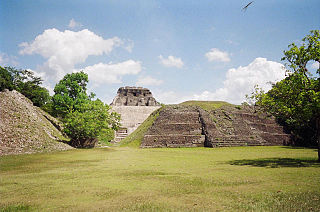
The Maya ruins of Belize include a number of well-known and historically important pre-Columbian Maya archaeological sites. Belize is considered part of the southern Maya lowlands of the Mesoamerican culture area, and the sites found there were occupied from the Preclassic until and after the arrival of the Spanish in the 16th century.
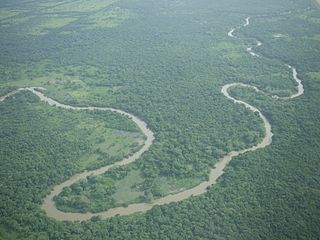
The Belize River runs 290 kilometres (180 mi) through the center of Belize. It drains more than one-quarter of the country as it winds along the northern edge of the Maya Mountains to the sea just north of Belize City. The Belize river valley is largely tropical rain forest.

The Lacandon Jungle is an area of rainforest which stretches from Chiapas, Mexico, into Guatemala. The heart of this rainforest is located in the Montes Azules Biosphere Reserve in Chiapas near the border with Guatemala in the Montañas del Oriente region of the state. Although much of the jungle outside the reserve has been cleared, the Lacandon is still one of the largest montane rainforests in Mexico. It contains 1,500 tree species, 33% of all Mexican bird species, 25% of all Mexican animal species, 56% of all Mexican diurnal butterflies and 16% of all Mexico's fish species.

The Maya Biosphere Reserve is a nature reserve in Guatemala managed by Guatemala's National Council of Protected Areas (CONAP). The Maya Biosphere Reserve covers an area of 21,602 km², one-fifth of the country's total land area.

The Macal River is a river running through Cayo District in western Belize. Sites along the river include the ancient Mayan town of Cahal Pech and the Belize Botanic Gardens. The Macal River discharges to the Belize River. There are several tributaries to the Macal River including the following streams: Privassion, Rio On, Rio Frio, Mollejon and Cacao Camp.
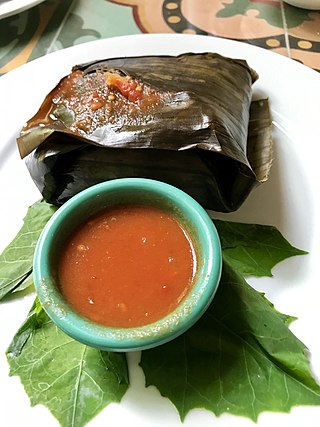
Ancient Maya cuisine was varied and extensive. Many different types of resources were consumed, including maritime, flora, and faunal material, and food was obtained or produced through strategies such as hunting, foraging, and large-scale agricultural production. Plant domestication concentrated upon several core foods, the most important of which was maize.
The flora of Belize is highly diverse by regional standards, given the country's small geographical extent. Situated on the Caribbean coast of northern Central America the flora and vegetation have been intimately intertwined with Belize's history. The nation itself grew out of British timber extraction activities from the 17th century onwards, at first for logwood and later for mahogany, fondly called "red gold" because of its high cost and was much sought after by European aristocracy. Central America generally is thought to have gained much of it characteristic flora during the "Great American interchange" during which time South American elements migrated north after the geological closure of the isthmus of Panama. Few Amazonian elements penetrate as far north as Belize and in species composition the forests of Belize are most similar to the forests of the Petén (Guatemala) and the Yucatán (Mexico).
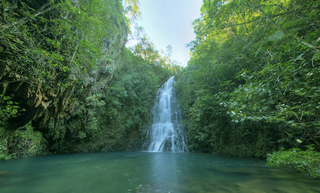
The Cockscomb Basin Wildlife Sanctuary is a nature reserve in the Stann Creek District of south-central Belize. It was established to protect the forests, fauna and watersheds of an approximately 400 square kilometres (150 sq mi) area of the eastern slopes of the Maya Mountains.

Mountain Pine Ridge Forest Reserve is a nature reserve in the Cayo District of southern central Belize. It was established in 1944 to protect and manage the native Belizean pine forests. Its boundaries are poorly defined, but it is estimated to cover an area of 106,352.5 acres (430 km2), although much of the reserve has been leased.
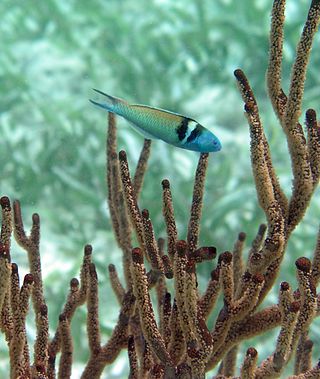
Since declaring independence in 1981, Belize has enacted many environmental protection laws aimed at the preservation of the country's natural and cultural heritage, as well as its wealth of natural resources. These acts have established a number of different types of protected areas, with each category having its own set of regulations dictating public access, resource extraction, land use and ownership.
Chiquibul National Park is Belize's largest national park. It is 1,073 km2 (414 sq mi) in size. The park is located in Belize's Cayo District. The national park surrounds Caracol, a Mayan city. Caracol has been designated as an archaeological reserve and is not included within the park's total area. Chiquibul Forest Reserve is adjacent to the park.

Xate are the leaves from three Chamaedorea species of palm tree.
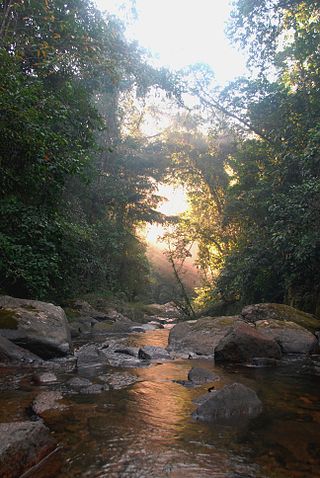
Bladen Nature Reserve is a landscape of caves, sinkholes, pristine streams and rivers, undisturbed old growth rainforest and an abundance of highly diverse flora and fauna which includes a great deal of rare and endemic species.

The Chiquibul Cave System is one of the largest and best-known cave systems in Central America. It consists of four distinct caves along the course of the Chiquibul River; Actun Kabal, Actun Tun Kul (Tunkul) and Cebada Cave in Belize, and Xibalba in Guatemala, as well as several other smaller associated caves. Included within the cave system are two of the largest caverns in the world.
Dalbergia stevensonii, also called Honduras rosewood, is a Central American tree species in the legume family. It grows in broadleaf evergreen swamp forests in southern Belize and adjacent Guatemala and Mexico. The wood is highly valuable, which has led to population loss from illegal logging.
Vaca Forest Reserve is a nature reserve in the Cayo District of western Belize. The reserve covers an area of 35,701 acres (14,448 ha). It is bordered to the west by Guatemala, to the east by Mountain Pine Ridge Forest Reserve and Nojkaaxmeen Elijio Panti National Park, and to the south by Chiquibul National Park. It forms part of the greater Maya Mountains massif.
References
- ↑ Bridgewater, S. G.; Pickles, P.; Garwood, N. C.; Penn, M.; Bateman, R.M.; Morgan, H. P.; Bol, N. (2006). "Chamaedorea (Xate) in the greater Maya mountains and the Chiquibul Forest Reserve, Belize: an economic assessment of a non-timber forest product". Economic Botany: 265–283.
- ↑ Arevalo, Boris (June 2016). "Effects of poaching on game species communities in the Chiquibul Forest". Friends for Conservation and Development.
- ↑ Penn, M. G.; Sutton, D.; Munro, A. (2004). "Vegetation of the Greater Maya Mountains, Belize". Systematics and Biodiversity. 2: 21–44. doi:10.1017/s1477200004001318.
- ↑ Bridgewater, S. G.; Pickles, P.; Garwood, N. C.; Penn, M.; Bateman, R. M.; Morgan, H. P.; Bol, N. (2006). "Chamaedorea (Xate) in the greater Maya mountains and the Chiquibul Forest Reserve, Belize: an economic assessment of a non-timber forest product". Economic Botany: 265–283.
- ↑ Groff, K.; Axelrod, M. (2013). "A baseline analysis of transboundary poaching incentives in Chiquibul National Park, Belize". Conservation and Society: 277.